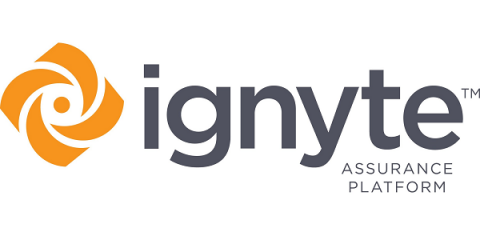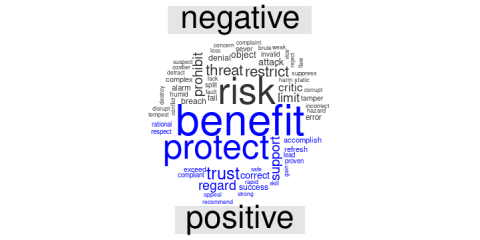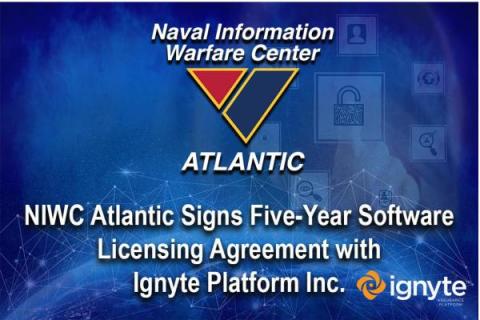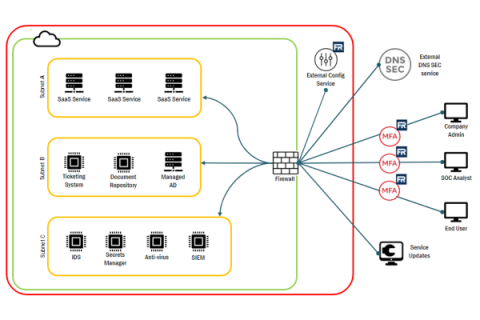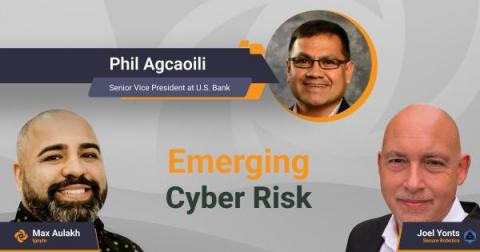[Guide] An In-Depth Look at Common Controls and the RMF
When it comes to implementing security controls throughout an organization, there are a lot of cases where the work may be doubled, tripled, quadrupled or more by having to “reinvent the wheel” multiple times. It’s a common problem, but fortunately, it also has a common solution: common controls. What does all of this mean? Let’s dig in.


